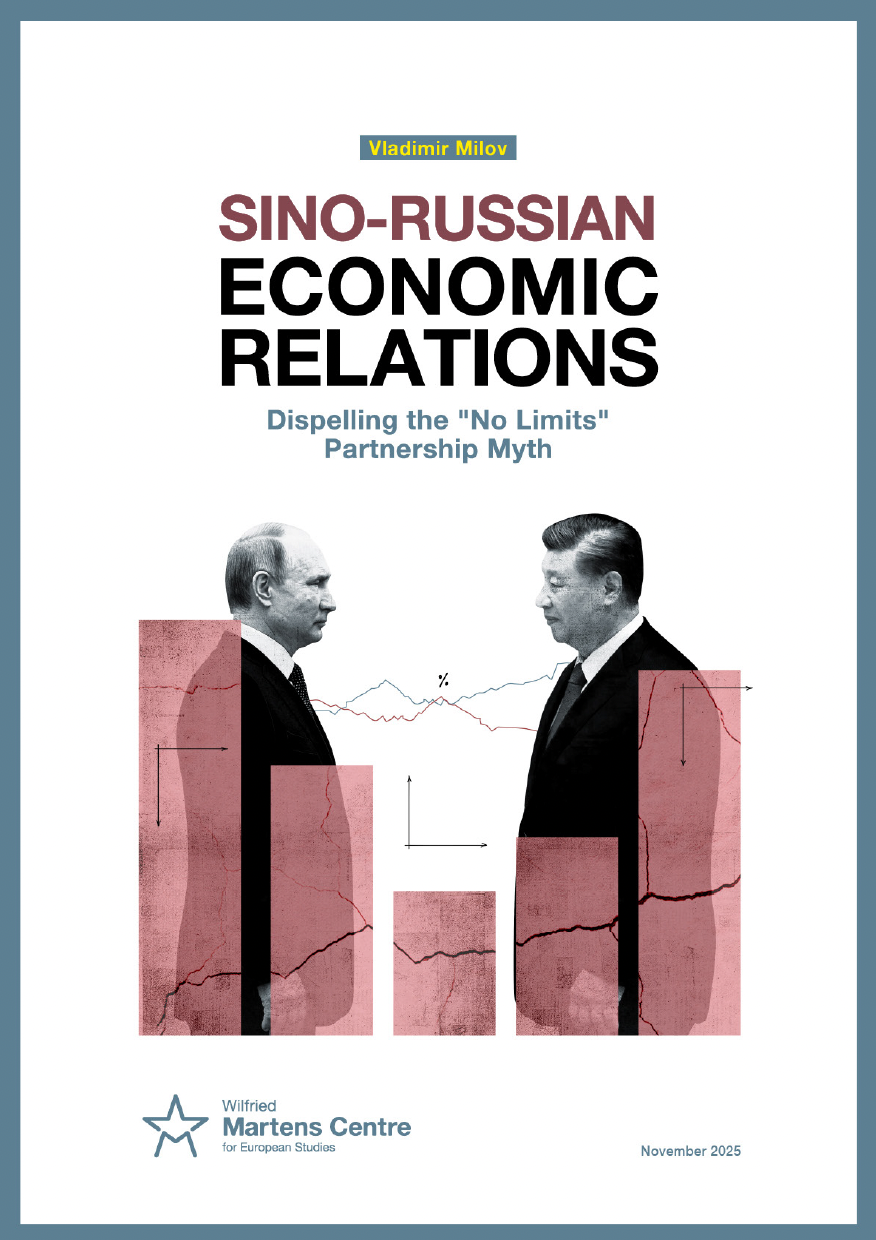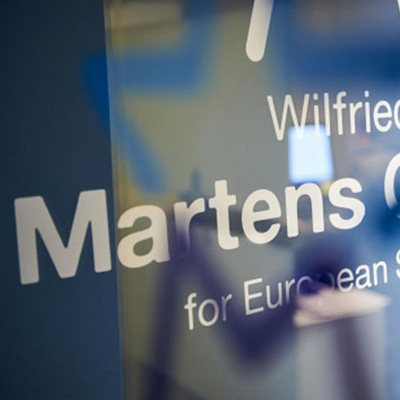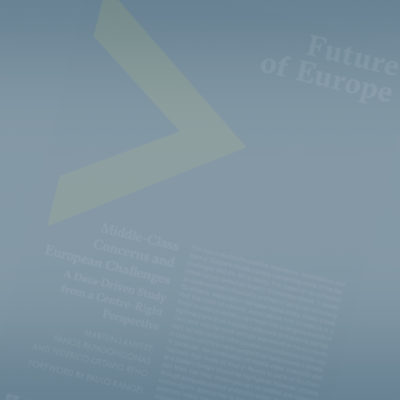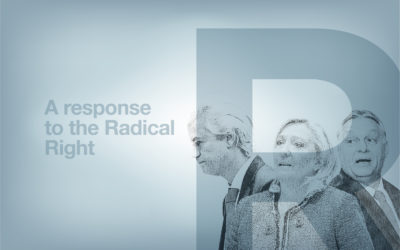China and the return to Tiananmen Square
19 May 2016
When the Tiananmen demonstration took place in late spring 1989, the west and other democratic countries were expecting that developments similar to those that took place in Central and Eastern Europe in the same time period would equally ensue in China. Communist powers were losing their grip on society around the world and China was expected to follow suit.
“For many years, a big revolution in China
was predicted, but never materialised.”
The government initially took a conciliatory stance toward the protesters but as the demonstration spread over 400 cities by mid-May, China’s government decided to use force. Martial law was declared on May 20 and 300,000 soldiers were mobilised to Beijing. Demonstrations were cracked down upon and many protesters were arrested. In the end, Chinese political power did not change and the country moved forward to become the greatest economic miracle of the past decades.
Over the years many have predicted that eventually China will be forced to change, as it can go only so long with its huge growth leaning on industrial production and ultimately, when trying to ensure the growth through increase of innovation, it will lead to more open and democratic society.
But year after year, these predictions have fallen empty. China has remained tightly politically controlled by the communist party. The China’s communist party was able to hold power, due to the huge unquestionable economic success and the continuous growth of the past 40 years.
Nevertheless, China today is a capitalistic economy, even if it is state capitalist economy. A modern market-based economy, it has inherited a tendency for cyclical changes. This is linked to the fact that China’s competitive potential for productivity increases has declined and is bringing China to a totally new situation unseen in past decades.
Rapidly cumulating debt, falling exports and imports, and news of expectations to lay off 1.8 million workers in the coal and steel industries are not signals of slowing economy. They are signs of major economy heading towards severe economic depression – a totally new phenomenon in new modern China.
For many years a big revolution in China was predicted but never materialised. As a result, today very few are speculating about what might happen internally in China if an economic crisis accelerates. In 2011 when the Arab revolutions swept through the Middle East and North Africa, this came as surprise to many experts.
“People […] usually rebel when they have something and they are about to lose it.”
Political establishments which had ruled for decades were suddenly challenged and in many cases overthrown, without any substantial rapid change in societal or political conditions before. The lessons learned from Arab revolutions is that the question is not if societies under stress have a tipping point but rather when that point is reached – and what can trigger it.
People do not usually intend to rebel when they don’t get what they want. They usually rebel when they have something and they are about to lose it. Today in China a large amount of people feel that they are losing something they had or something that was promised to them.
The economic crisis has invited societal backlash in China for a number of reasons. First and foremost, there is a growing fear that jobs will be cut. It has already been announced that 5-6 million state workers will be dismissed over the next two to three years in order to curb industrial overcapacity.
Additionally, working conditions deteriorate in times of labour market uncertainty. Powerful employers have potential to abuse employees by failing to pay them on time or ensure safe working conditions. While enterprises still report growth, Chinese households are struggling. Personal debt frequently goes unrecorded but this climate of unrest and fear has led to increasing numbers of demonstrations. Already in 2010 over 180,000 protests, riots and other mass incidents took place across China[1] and that number is steadily growing.
How is China’s political leadership prepared to manage the upcoming turmoil? China’s leaders Xi Jinping seems to be establishing tighter rule and control, and enforcing his own cult kind of image. These are not very ‘outside-the-box’ tools to deal with China’s population potential discontent.
China’s model has been portrayed by China as an example also for other countries. China’s political establishment is now facing the ultimate test. Whether this boils down to the continuation of dynamics started in Tiananmen Square remains to be seen.
But today’s China is so significant for global developments and the economy that the wishful scenario for rest of the world is that any internal tensions China might have will be relieved in a stable and non-destructive manner. Hopefully, at the end of the process, China’s leadership will have the insight that China today is strong enough to offer freedom and empowerment to its people in order to guarantee China’s future success.
[1] Wall Street Journal http://www.wsj.com/articles/SB10001424053111903703604576587070600504108
ENJOYING THIS CONTENT?





















